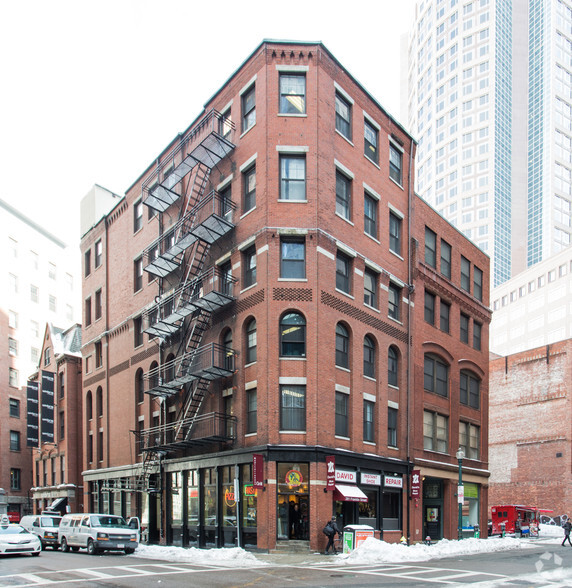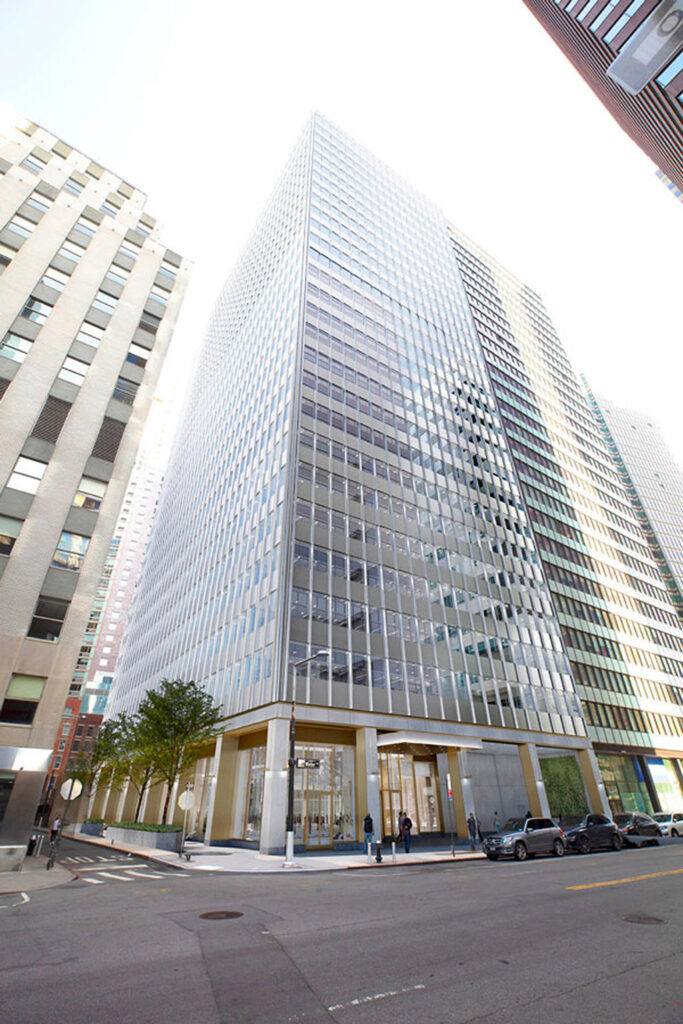Large-Scale Effort to Convert Commercial to Residential Gets New Initiative
Conversions Gain Federal and Local Support
By Pamela Martineau
6 min read
Office vacancies throughout the nation have reached a 30-year high and the country is amid an affordable housing crisis. These dual inflection points have increased housing advocates’ focus on conversions of commercial real estate into housing and encouraged federal and local governments to assist in the transformations.
In October 2023, the Biden administration announced a multi-pronged plan to support the conversion of vacant commercial buildings to residential units with a focus on affordability and proximity to transportation. The initiative includes new financing, technical assistance and the sale of federal properties. Across the nation, local governments and nonprofits are also looking to assist with such conversions.
Calgary, Canada was one of the first local governments in North America to make a large-scale effort to convert vacant or low-occupancy commercial buildings into residential units, hotels, schools and performing arts centers. The first phase of the Downtown Calgary Development Incentive Program (DIP) was launched in August 2021. The program seeks to remove about six million square feet of unused office space from downtown by 2031. Calgary saw an extreme plunge in office space occupancy after the oil price downturn of 2015. The pandemic exacerbated the vacancies as it did throughout the world.
The Biden administration highlighted the need for such conversions in its October 2023 announcement of its efforts.
“Office and commercial vacancies across the country are affecting urban downtowns and rural main streets…,” the Biden administration said in its statement. “At the same time, the country has struggled for decades with a shortage of affordable housing units, which is driving up rental costs, and communities are seeking new ways to cut emissions, especially from existing buildings and transportation.”
Numerous studies indicate that commercial to residential conversions help to cut carbon emissions through the lower carbon footprint of renovation versus new construction. The projects also tend to maximize the building’s energy use efficiency.
Calgary Initiative
Calgary’s $153 million DIP provides grants of $75 per square foot to office redevelopment projects that meet the city’s criterion. The initiative seeks to revitalize vacant buildings in the area and help stabilize the commercial office market. The initiative also seeks to bolster tax revenue.
While residential buildings have a lower tax rate than office structures, the increased revenue from an occupied structure, as opposed to a vacant one results in increased revenue. The program also supports the demolition of end-of-life buildings.
The new housing is particularly welcome in Calgary, which is experiencing a boom in population.
All told, 13 projects have been approved by the program and another four are under review. Already, the program’s $153 million has been fully allocated. If all the approved development projects are completed successfully, some 2.3 million square feet of office space will be converted into more than 2,300 new residential units.
A second phase of the initiative is expected to be considered by the Calgary City Council this year. Applications to the program were paused in October 2023 pending additional funding and updates to the program.
Biden Administration Actions
The Biden administration has announced its efforts to support the conversion of high-vacancy commercial buildings to residential use. In its formal announcement, the Administration stated that vacancies across the country are pockmarking urban downtowns and rural main streets. The actions announced by the Administration build upon the initiatives in the White House Housing Supply Action Plan and are aimed at lowering housing costs, boosting housing supply and promoting fair housing.
The actions announced by the Administration include:
- The Department of Housing and Urban Development (HUD) released an updated notice on how $10 billion of the Community Development Block Grant Fund (CDBG) can be used for the acquisition, rehabilitation and conversion of commercial properties to residential uses and mixed-use developments. HUD is increasing its outreach efforts to developers and municipalities seeking to use HUD tools to finance conversions. HUD is also accepting applications for the $85 million Pathways to Removing Obstacles to Housing program, which finances conversions as part of adaptive reuse strategies.
- The General Services Administration (GSA) is expanding the Good Neighbor Program to promote the sale of surplus federal properties that buyers could redevelop for residential use. The GSA will maintain a public list of sale opportunities.
- The Department of Transportation (DOT) released new guidance to states, localities and developers on how the Transportation Infrastructure Finance and Improvement Act (TIFIA) and Railroad Rehabilitation & Improvement Financing (RRIF) programs have $35 billion in funds to lend for transit-oriented development (TOD) projects. Its interest rates are below market rates and can be used to finance housing development near transportation and conversion projects.
- DOT also released guidance designed to assist transit agencies in repurposing properties for TOD and affordable housing projects. Under the guidance, transit agencies can transfer properties to local governments, nonprofits and for-profit developers at no cost.
The Administration also released a guidebook titled Commercial to Residential Federal Resources Guidebook. The guidebook lists over 20 federal programs in six federal agencies that can assist in conversions. The programs include tax incentives, grants and low-interest loans. Training workshops will also be held for developers, local and state government officials, owners, builders and others who want to learn how to use federal programs to convert commercial real estate to residential.

Programs to Aid Conversions
Across the nation, numerous innovative programs to aid commercial conversions are underway. In Boston in October, the city’s planning and development agency officially launched the Downtown Residential Conversion Incentive Pilot program. The program provides a payment in lieu of taxes to developers looking to convert office buildings into residential buildings. The property tax abatement averages 75 percent over 29 years. The program is now accepting applications and will remain open through June.
The Boston City Planning Agency is also working with federal and state officials to identify short-term grant opportunities for developers seeking to do such conversions.

Designed by Gensler.
The first conversion approved through the program is a six-story brick building at 281 Franklin Boulevard, which has two commercial tenants on the ground floor and office space above. Plans call for remodeling the upper floors into apartments, creating ten studios and five one-bedroom apartments. Two of the studies and one one-bedroom apartment will be income-restricted.
In Manhattan, developers converted a 1970s-era, 24-story office building at 160 Water Street into an apartment complex of 600 units. The project is not expected to be affordable housing.
National organizations are also stepping up to help developers interested in such conversions. The National Association of Counties (NACO) is working to help counties throughout the nation support the conversion process. NACO is working to identify counties looking to launch conversion programs and plans to hold informational sessions with their leaders.
The Lincoln Institute of Land Policy, Harvard Graduate School of Design and the American Planning Association are also working with city planning directors throughout the nation to develop new conversion programs.